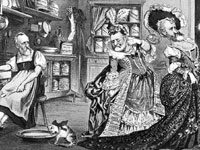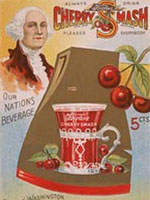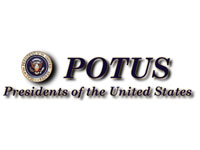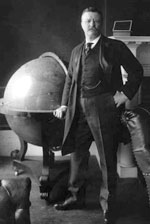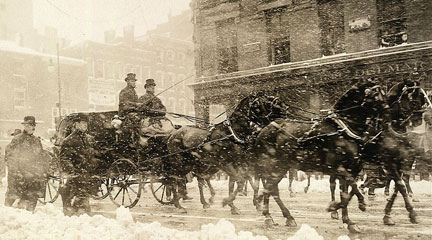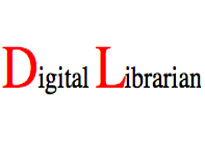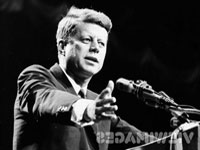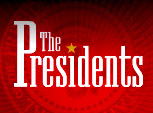Teaser
Analyze letters written by America's presidents to learn more about these men.
Description
Critically analyze letters written by America's presidents to learn more about these men.
Article Body
With a nice set of analytic questions to use with each president’s letter, this lesson is sleek, yet its content coverage is broad. Questions ask students to think about a letter’s audience, purpose and tone and are phrased in student-friendly language. Using several letters across instructional units or in several class periods will provide students with multiple opportunities to develop their ability to critically examine letters as historical documents. The letters for each president vary in both content and difficulty level, some may be more appropriate for your class than others. Students may also need help with considering the President’s words in his own time and contextualizing the letter.
The lesson provides several writing assignments for a closing activity. Assignments 1 and 2 ask students to write about the letter’s purpose and content. These tasks only require students to summarize the information from the earlier part of the lesson so we recommend assignments 3, 4 and 5. Assignment 3 asks students to assess the historical value of the letter and assignment 5 asks students to respond to the letter from the point of view of the letter’s original recipient. Teachers may want to remind students to use quotes and information from the examined letter to support their claims in these writing assignments.
Topic
The American Presidents
Time Estimate
1 class session per letter; 41 letters available.
Rubric_Content_Accurate_Scholarship
Yes.
Lesson focuses on primary sources.
Rubric_Content_Historical_Background
Yes Limited background information about each president's public and private life is available on the the website.
Some of the writing assignments, #4 in particular, will require teachers to provide additional information.
Rubric_Content_Read_Write
Yes Students read a primary source and write in response to that source.
Rubric_Analytical_Construct_Interpretations
Yes Questions require students to use evidence to support claims.
Rubric_Analytical_Close_Reading_Sourcing
Yes Great set of questions guides students through this analysis.
Rubric_Scaffolding_Appropriate
Yes Several of the letters will be difficult to comprehend for some middle and high school students.
Rubric_Scaffolding_Supports_Historical_Thinking
Yes Questions in the lesson are designed to help students think about the perspective, intent, and audience of the letter.
Rubric_Structure_Assessment
No Students write answers to questions and use those answers to complete a final writing assignment. Options 3, 4, and 5 require that students use their analysis and evidence from the letter to make a case. Assessment criteria absent.
Rubric_Structure_Realistic
Yes Materials are web-based but can be printed for classroom use.
Rubric_Structure_Learning_Goals
No There are clear skill objectives. Teachers will need to establish objectives regarding specific content.
